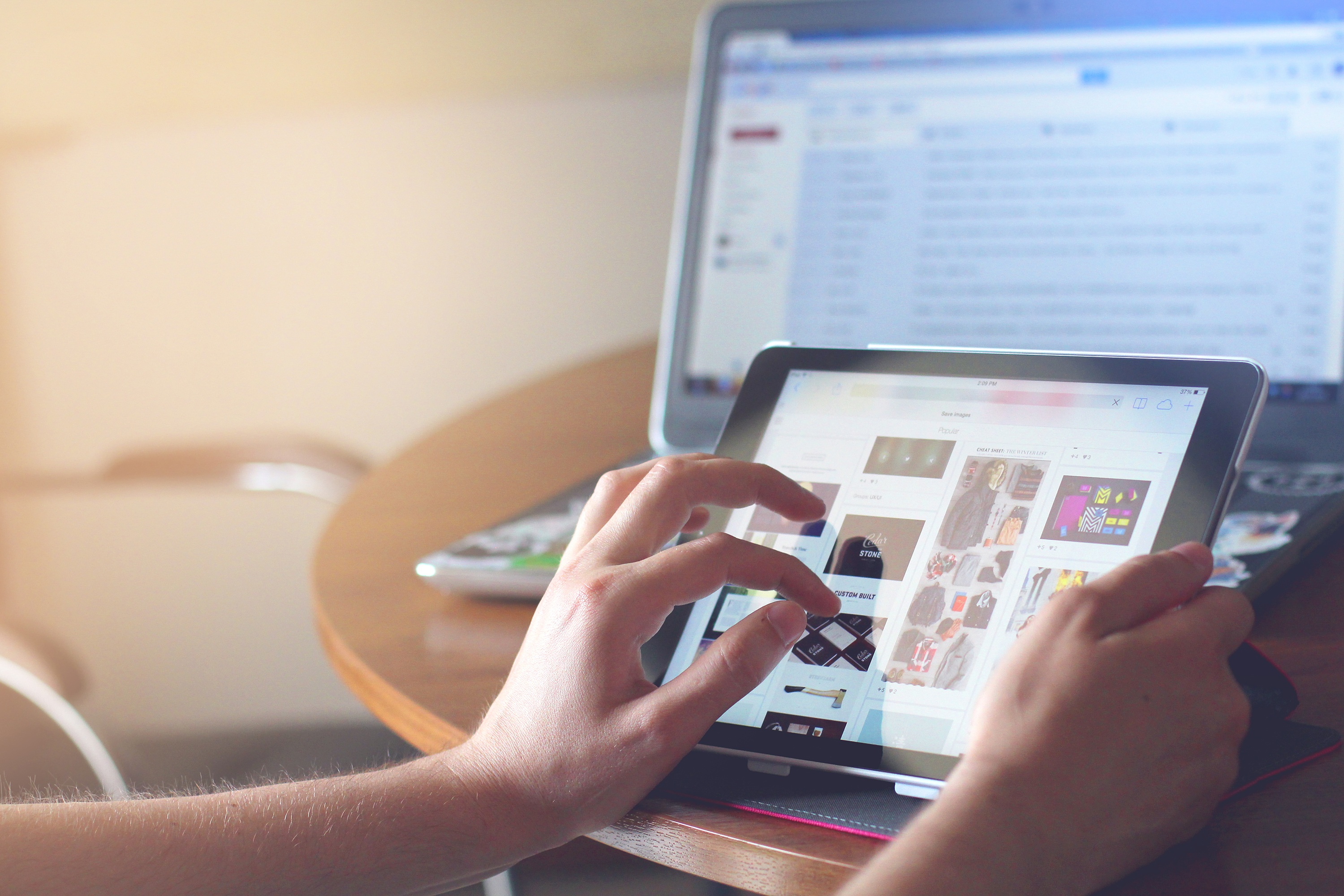Taking breaks is essential to maintaining a productive workday and avoiding burning out from hours of nonstop labor. However, taking too many breaks, or not using your breaks wisely, can have a negative impact on your work. In order for your break time to be effective, it needs to give you the mental rest you need to jump back into your work without distracting you too much from your daily goals.
It’s impossible to keep up with a fast-paced work schedule without taking breaks throughout the day. You can get the most out of your breaks by carefully planning how often you take them, how long you take them, and what you do with your time.
Table of Contents
Time Your Breaks in Intervals
While many of us can do work for hours on end, human attention spans are actually quite short. The average attention span is 8 seconds – not enough to get anything done. The fact is that our attention is constantly shifting and we have to work hard to maintain focus. That’s a lot of brainpower required just to keep going.
How can you keep your brain from getting fried while managing your attention? Take breaks about every 50 to 90 minutes, say experts. A study from the United States Army research institute showed that the brain needs to be unplugged about every 90 minutes. Working for about an hour or an hour and a half seems to be the max until break time is necessary. According to an article in the Atlantic, a productivity app called DeskTime found that the most productive users worked for 52 consecutive minutes. So anywhere within the range of those two numbers is a good guideline.
The Ideal Length of a Break
Break time is correlated with higher productivity, but at what point do you reach the maximum benefits of a break? The same study by the creators of the DeskTime app found that a 17-minute break is the ideal length of time to abandon concentration and output in order to rest the mind.
Another approach, called the Pomodoro technique, suggests taking a five-minute break for every 25 minutes of work. So if you worked for 90 minutes, you’d want to give yourself about 15 minutes of break time.
The consensus from most reputable studies seems to be 15-20 minutes after a reasonable amount of time worked. In an 8-hour workday, this could equate to four or more of these breaks throughout the day. That might be several hours spent not working, but the time that you do spend working will be that much more effective, and you’ll likely get more accomplished overall.
Relax Both Mind and Body
The point of a break is to do anything except for work. This means that it’s best to step away from the computer, which will keep you from being tempted to check your e-mail and also give your eyes a much-needed rest.
You can play a game of cards with co-workers, take a short walk, meditate, or chat up a friend about the latest episode of your favorite TV show. As long as you’re getting your mind off of work and not doing anything that requires much concentration, it will serve you well. Moving your body from its usual stationary position at your desk, and shifting your attention to something fun and lighthearted, encourages relaxation, reduces stress levels and prepares you for the next round of productive work.






